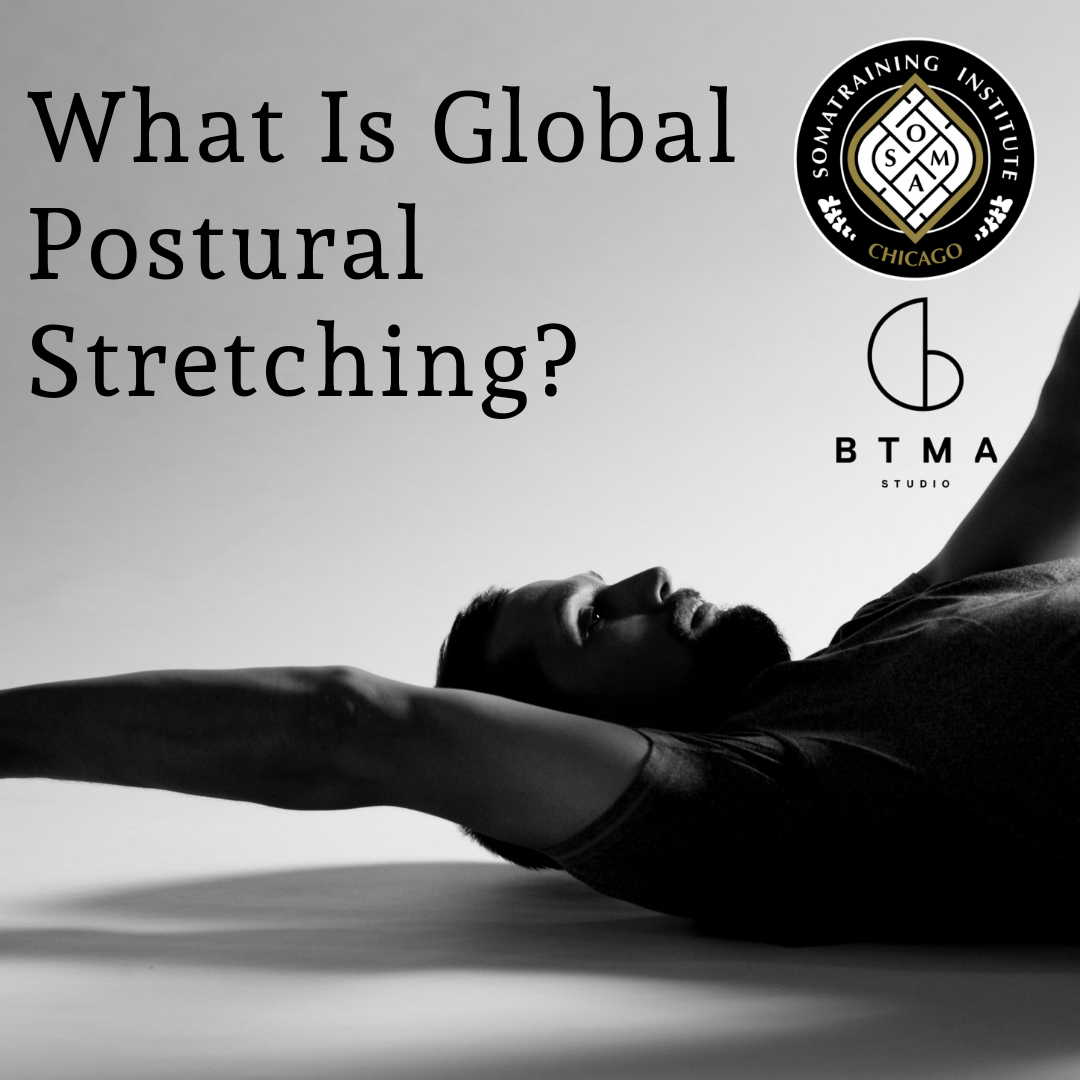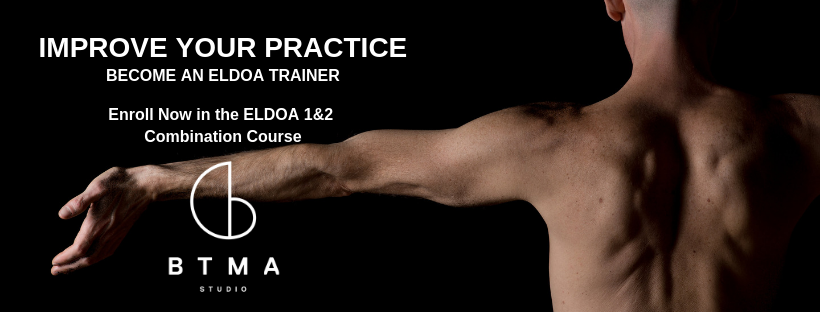
14 Sep What Is Global Postural Stretching?
If you’re keeping up with the latest rehabilitation and injury prevention techniques, you’ve probably heard of GPS or global postural stretching. Maybe you’ve even experienced it yourself in our ELDOATM group classes. But what is global postural stretching, exactly? How is it different from regular stretching? What is it used for? Keep reading for answers to these questions and more.
What is global postural stretching?
Global postural stretching (GPS) is an active stretching technique developed by French Osteopath Guy Voyer. It targets the spaces in the body, creating movement between the layers of fascia and balancing the relationships among the joints, muscles, organs, and fascia. GPS is notably different from traditional static stretching techniques, which are often ineffective and sometimes harmful.
What is GPS used for?
Global postural stretching is used to promote healing and improve function in many specific areas of the body. It is a fantastic tool to transition from rehabilitation and post-surgery to normal life and sports-related activities.
How does it work?
By targeting the spaces in the body, GPS improves the function of entire regions by balancing the relationships between anatomic structures such as muscle ligaments, tendons, joint capsules, bones, and visceral organs. It improves the health and mobility of all the tissues in the targeted region by creating movement between the layers of the tissue (fascia) but not increasing its length.
Where can I learn GPS techniques?
Global postural stretching is part of the SomaTraining paradigm—along with other methods, including ELDOA and myofascial stretching (MFS). If you’re a health and fitness professional interested in learning these techniques, check out the SomaTraining program and a la carte courses available through SomaTraining Institute Chicago.
BTMA Studio has the honor of hosting SomaTraining Institute Chicago for a limited number of SomaTraining courses right here in St. Louis. View the schedule.



Sorry, the comment form is closed at this time.